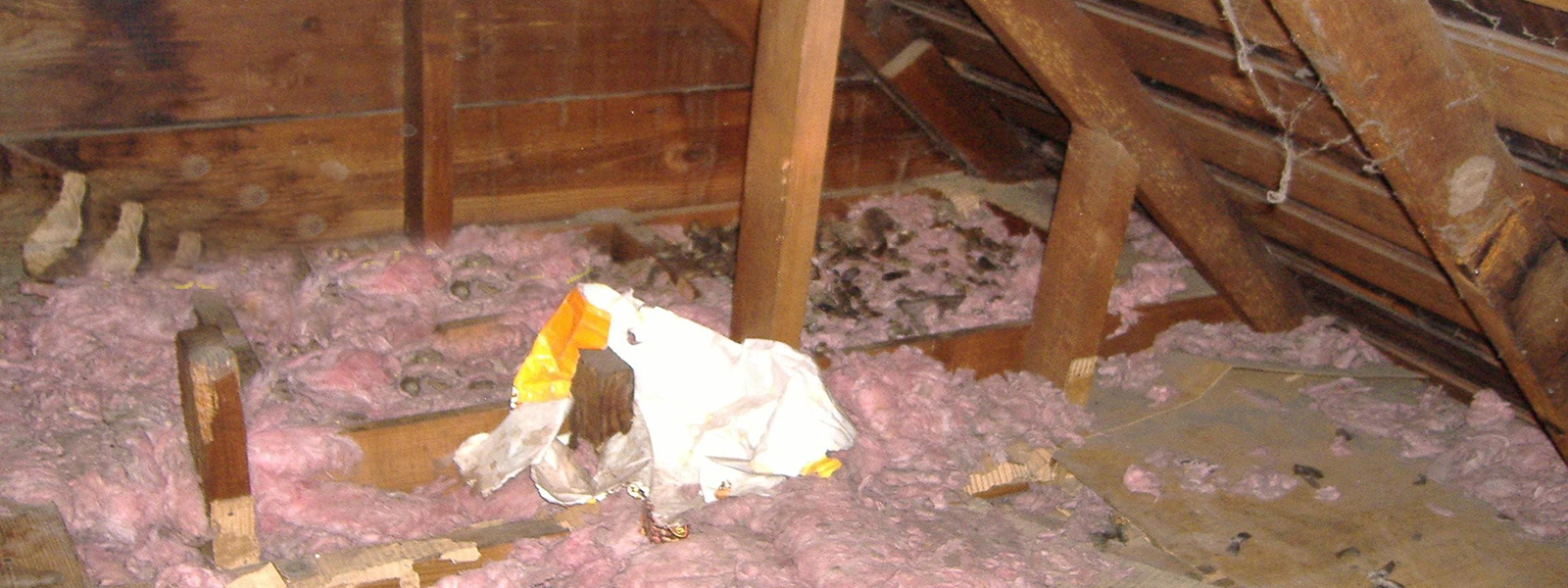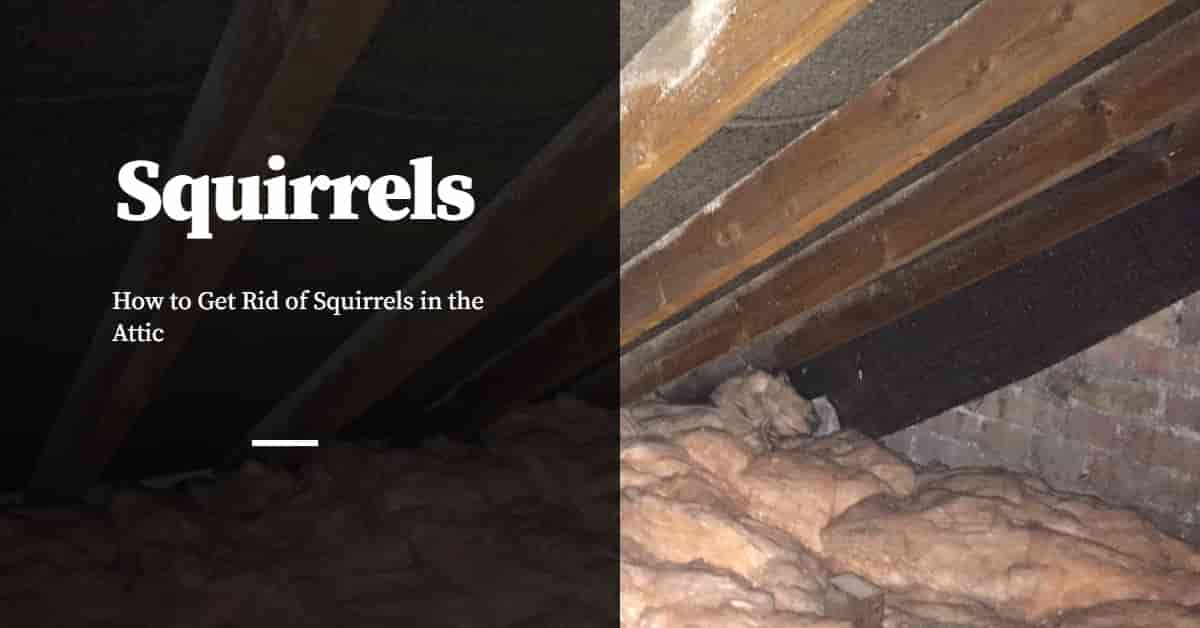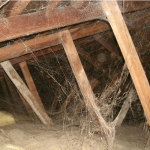While bug bombs are easy to use and readily available there are some precautions home owners should use when placing them in small spaces such as attics and basements.
How to fog attic for pests.
Finally fog the whole attic with an antimicrobial.
Check for any possible entries into your house and attic then place specifically designed traps in strategic places.
This fogger utilizes an environmentally friendly product which contains antibacterial and antiviral agents.
Wearing a face mask vacuum up any squirrel droppings and remove dead squirrels by gloved hand.
House mice in the attic.
This is important for preventing roundworm.
Here s what you need to do.
Does dusting work in an attic.
Place mothballs throughout your attic.
As stated above no fog in the world will get to those pests who make it to or are safe already under the insulation but those on the surface usually wind up dead.
After the cleanup has been completed and the insulation has been replaced if necessary we fog your entire attic space using an atomist electric fogger.
Cover foundation and attic vents and other roof openings with heavy gauge rustproof wire mesh.
Bug bombs are also known as total release foggers.
Exposed insulation packing supplies and other storage items provide perfect nest building materials for these rodents.
Seal off any entry holes.
The short answer is yes and it is far more long lived than fog and is very effective on spiders it comes in contact with.
These products are used to control insect infestations in many homes and office settings.
Attic bugs pests identification.










